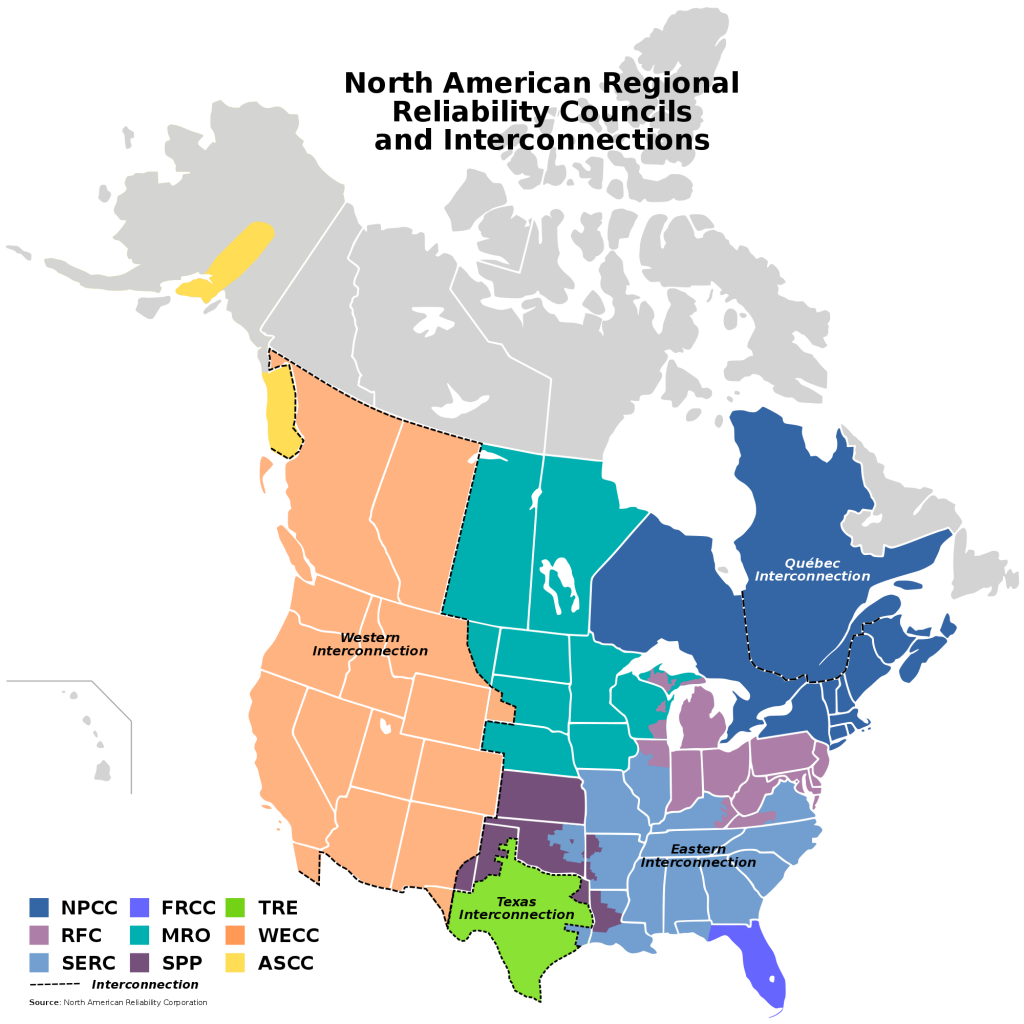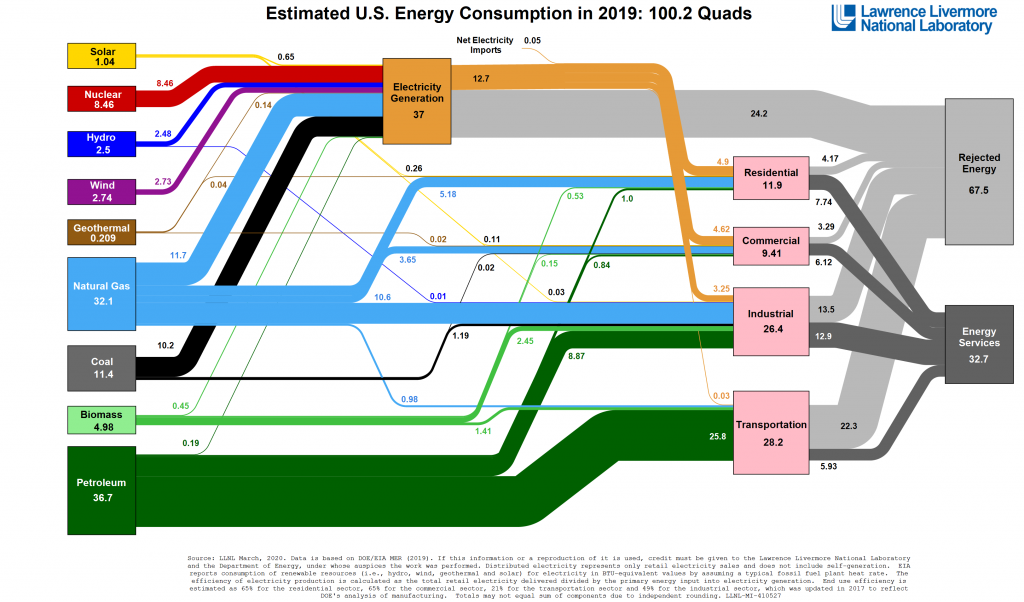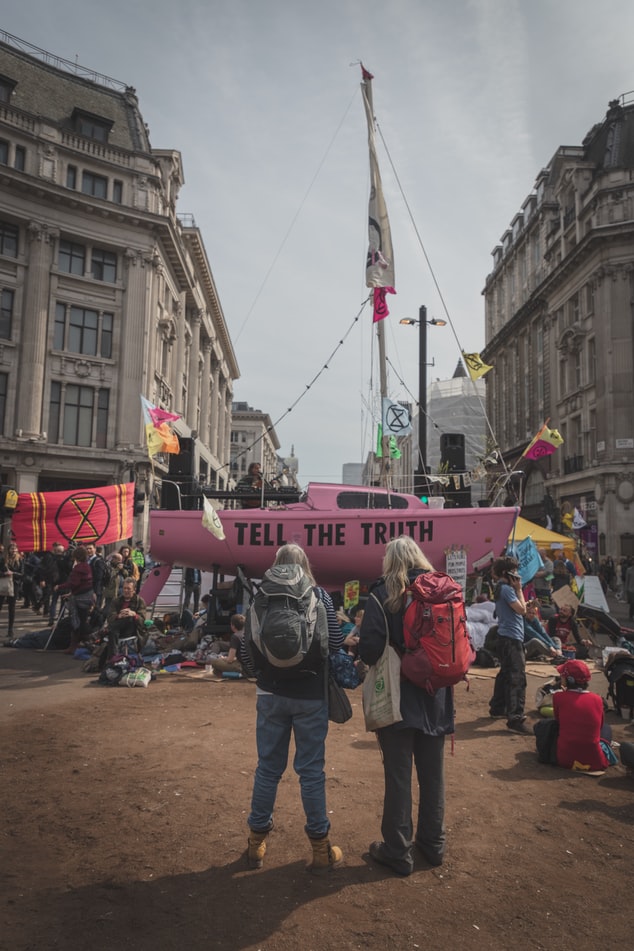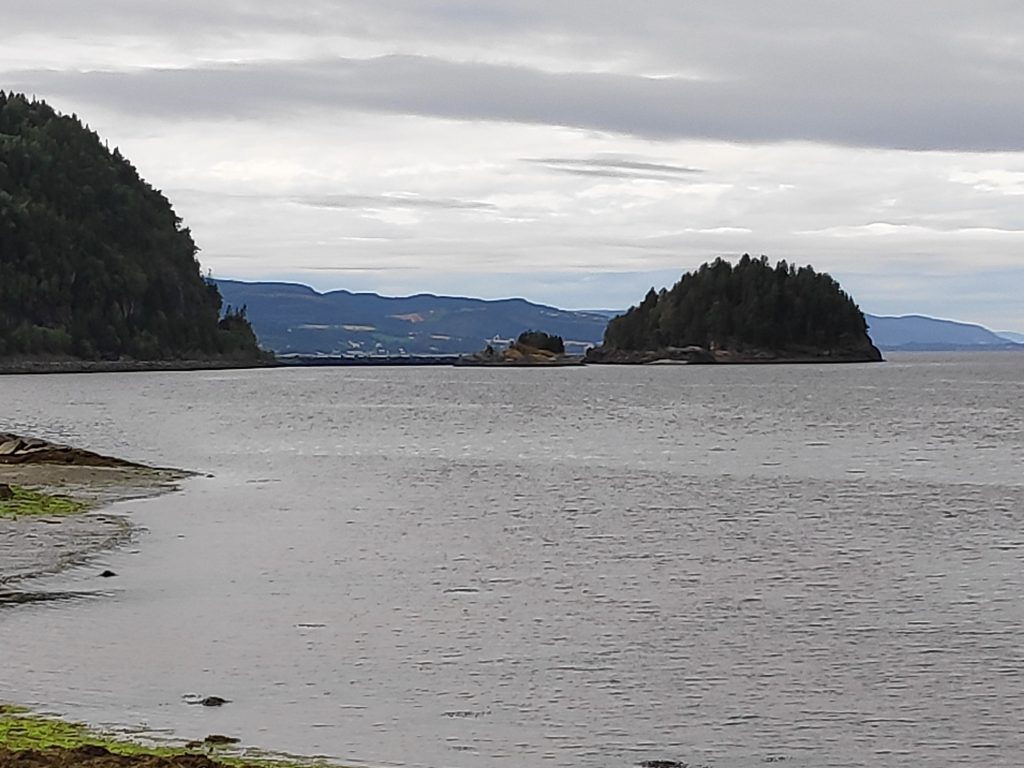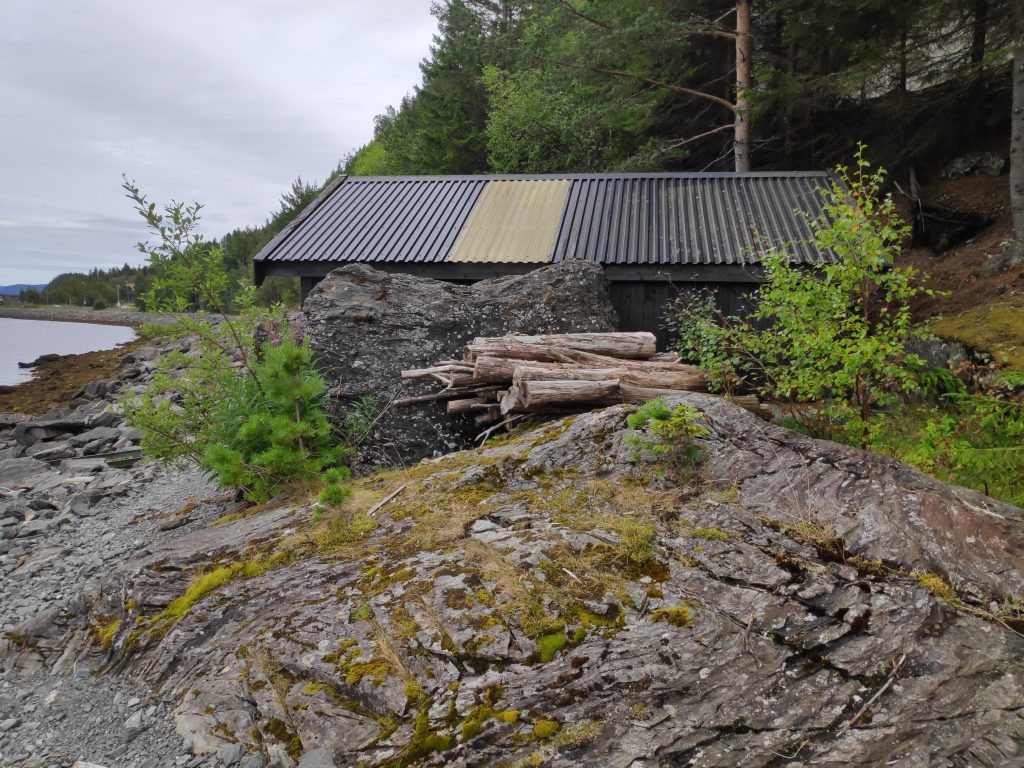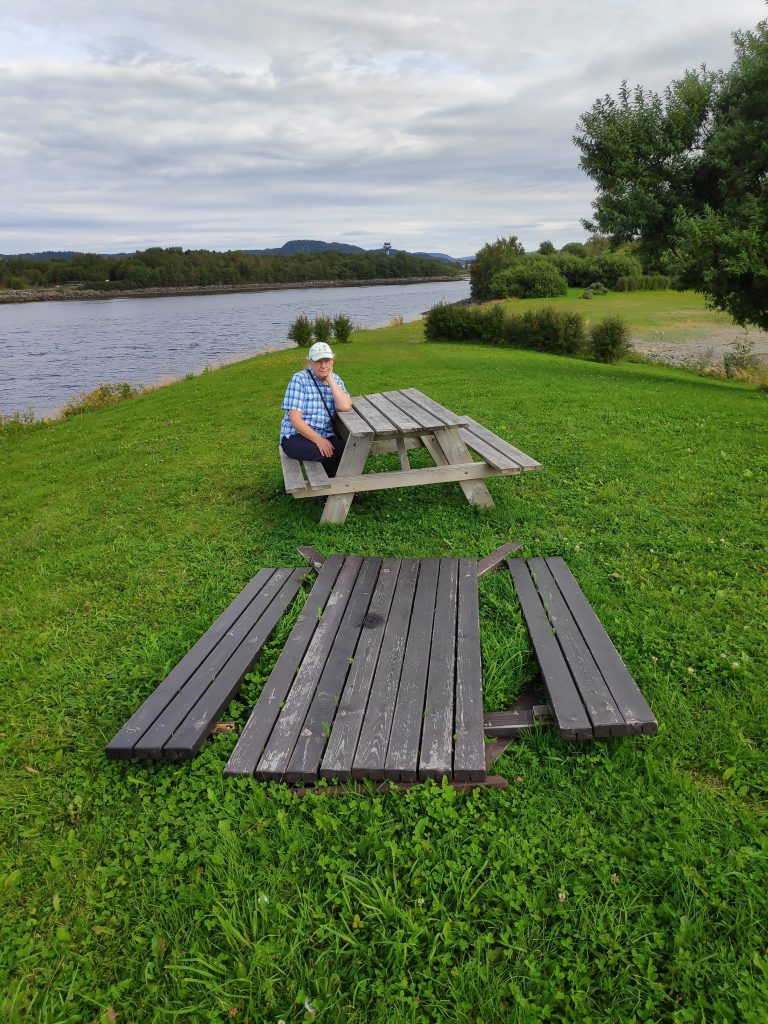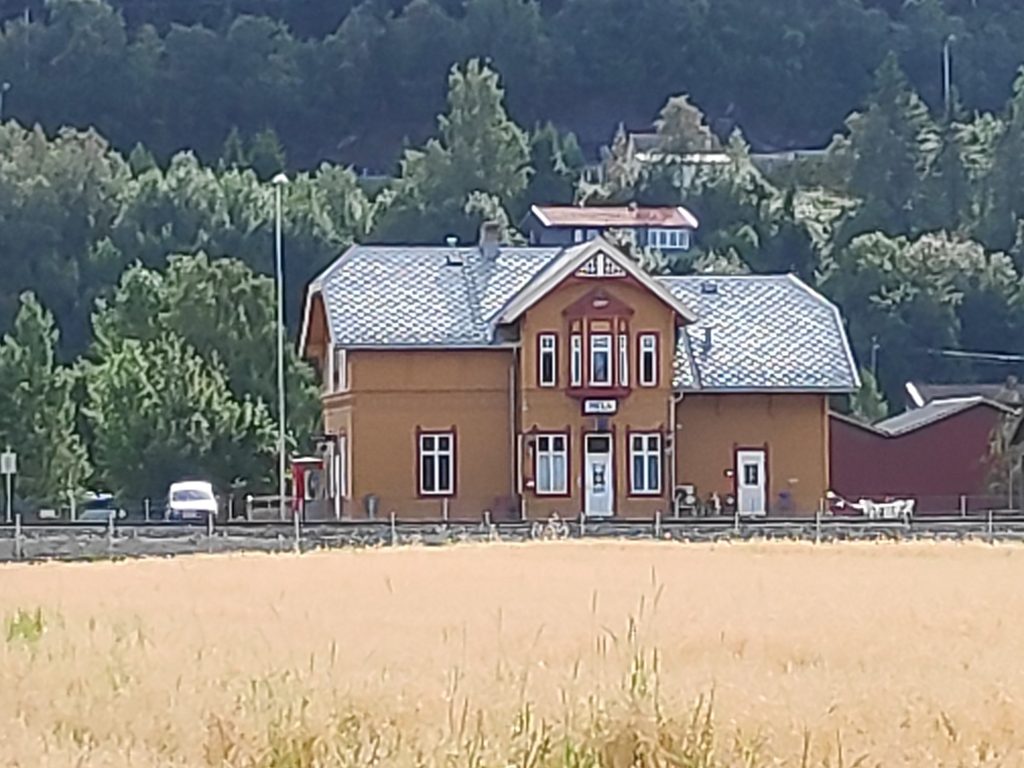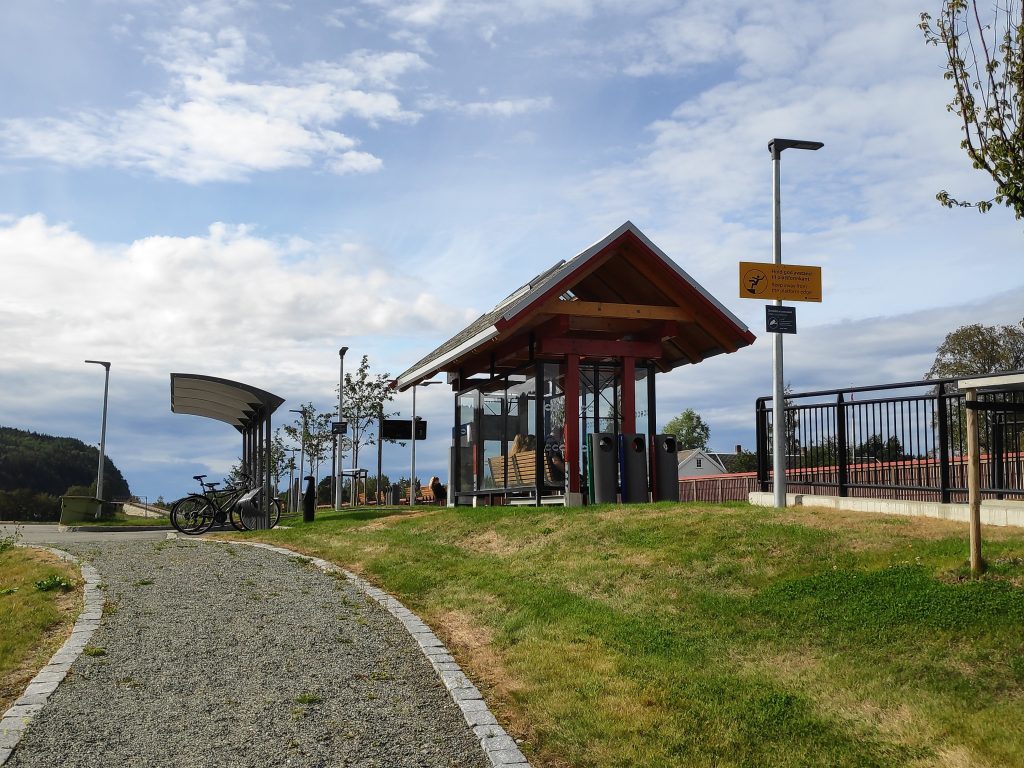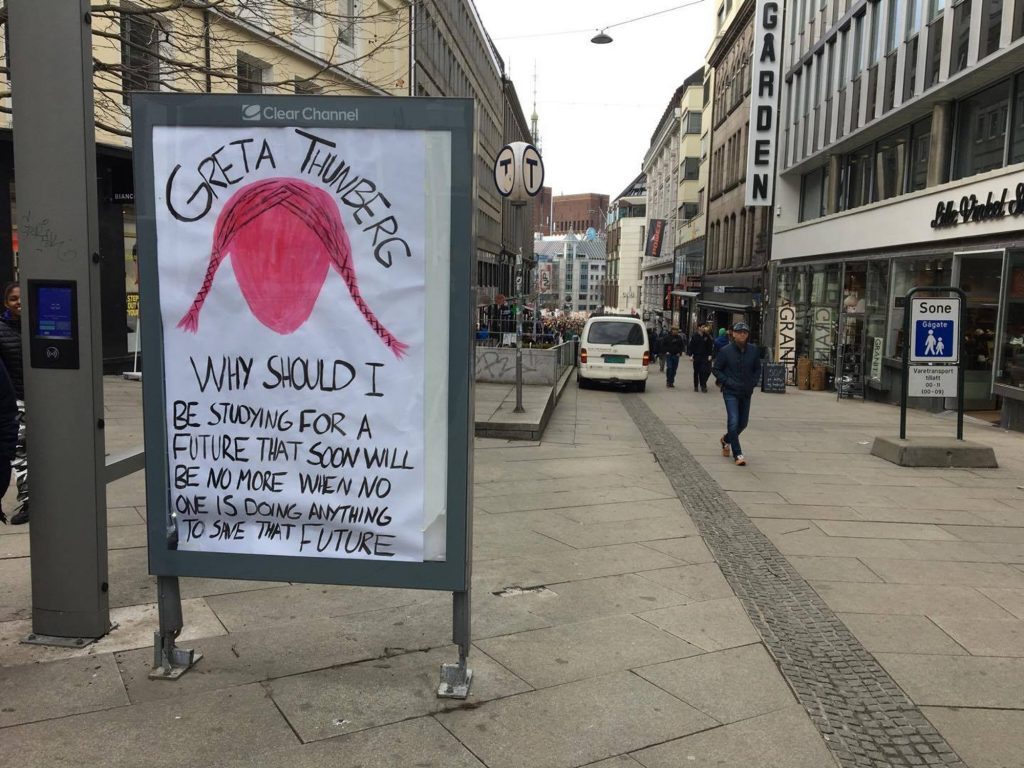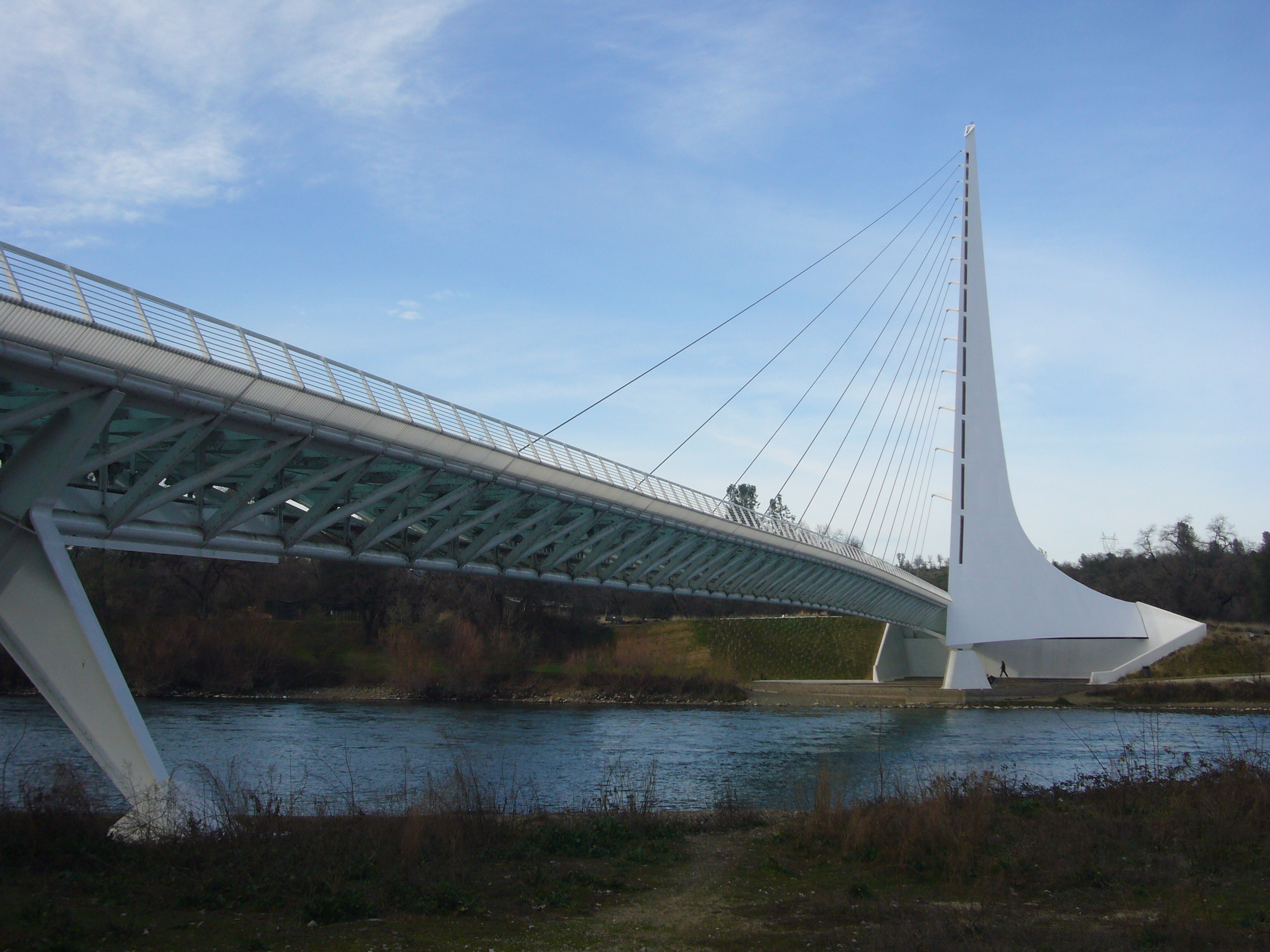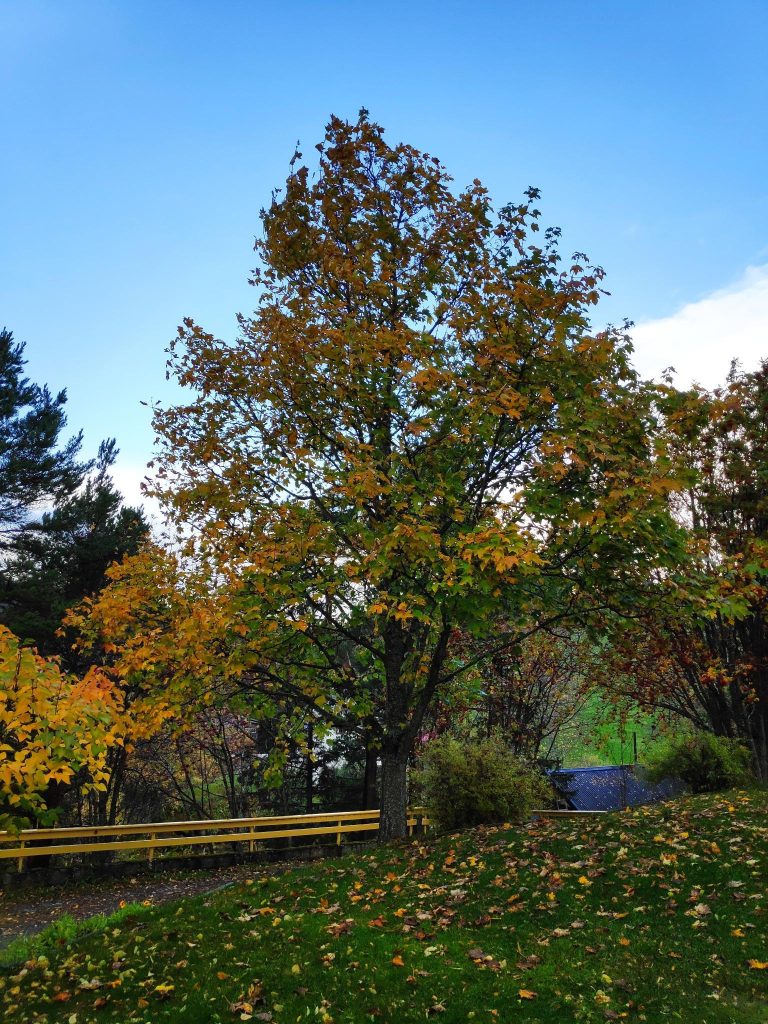
Trees have a positive impact on mental health. People exposed to trees have been shown to experience a third less psychological stress in contrast to those without such access. Open grassy areas do not have such an effect, although they also have their value. Even looking at leafless deciduous trees during winter months is positive. Trees and shrubs has been found to increase test scores and graduation rates of students, while decreasing criminal behaviour. In workplaces, increased access to nature (not just trees) has been found to improve employee morale, to increase efficiency, decrease stress, and increase job satisfaction.
My own psychological response to looking at trees is that I begin to think of family and friends, alive and departed, especially those living in Essex county, Ontario – or with origins there, including those living across the American border in Michigan, in British Columbia as well as Norway. At times I considered naming particular trees after specific people, but have resisted this so far. However, looking at trees provides me with a form of comfort.
This week I have been reading David B. Williams, Homewaters: A Human and Natural History of Puget Sound (2021). Apart from the depth of human habitation, with some evidence pointing to 13 960 years, the other intriguing aspect of the environment where I grew up, is its transformation about seven thousand years ago, from a hotter and dryer savannah-like environment with oaks as the major tree, to a cooler and moister environment, “with conifers towering over a nearly impenetrable understory.” (p. 29)
Not all of the trees are conifers. One of my favourite trees is Arbutus menziesii. In Canada, it is referred to as an Arbutus. In Washington state and Oregon, it is called a Madrona. According to Sunset Western Garden Book, Madrone is more common south of the Siskiyou Mountains of southern Oregon/ northern California while Madrona is more common north of this divide. Much of its attraction is related to its distinctiveness. It has the leaves of a deciduous plant, yet is evergreen. Its reddish orange bark peels away in thin sheets, leaving a smooth green trunk. It is common along the protected eastern coast of Vancouver Island, and the Gulf (Canadian)/ San Juan (American) Islands that lie between it and the mainland, and more generally throughout the Salish Sea.
I grew up in New Westminster, British Columbia, not far from Puget Sound. Ash Street is one of few streets named after trees/ plants in the city. The others are Arbutus, Cedar, Cherry, Chestnut, Oak, Pine and Spruce Streets, and Blackberry Drive. Wood Street and, potentially, Holly Avenue are possibly/ probably named after people.
Ash trees are in the Fraxinus genus, and the olive (Oleaceae) family. They are often used as street trees to provide shade. Various sources state that they were once the most-planted urban tree in the United States. Ashes are dioecious, meaning that individual trees are either male or female, but not both. Of the thirteen species of Ash in the world, nine are found in North America: Black Ash (Fraxinus nigra) is native to eastern Canada and the north-eastern United States; Green Ash (F. pennsylvanica) – eastern and northern North America; White Ash (F. americana) – eastern North America; Pumpkin Ash (F. profunda) – eastern North America; Blue Ash (F. quadrangulata) – midwestern United States; California Ash (F. dipetala) – California, Arizona, Utah, Nevada and Baja California; Carolina Ash (F. caroliana) – Cuba, subtropical southern United States; Gregg’s Ash (F. greggii) – Arizona, New Mexico and Texas; and, Velvet Ash (F. velutina) – southwestern North America.
None of the species on the list inhabit the area around the Salish Sea/ Cascadia/ Pacific Northwest. Thus, on 2021-06-30 I wrote to New Westminster’s mayor, Jonathan X. Coté, expressing my concern about naming practices in New Westminster, especially that from the names used, one would think the city was located in England. Noting that there are no members of the Fraxinus genus native to the Lower Mainland of British Columbia, I hoped that “tree” streets would be renamed for native/ endemic species. I received no reply.
At Cliff Cottage, we have one European Ash tree, Fraxinus excelsior. This started life as a seedling in the garden of a colleague in Leksvik. It failed to grow vigorously in its original location, and has been moved twenty meters to a more suitable location. Throughout eastern and northern Europe, the fungus Hymenoscyphus fraxineus, has been causing Ash dieback since the mid-1990s. Some believe the European Ash is in danger of extinction.
I have long-term relationships with several different trees. Perhaps the longest is with one particular European Beech (Fagus sylvatica) tree in New Westminster, that I have admired (coveted?) for over 60 years. I have often wondered about its origins. Once again, the species is not native to British Columbia, so at some point it has been planted. When, by whom and why have frequently occupied my mind.

Walks in beech forests in Denmark, and other parts of Europe, has resulted in the belated planting of one at Cliff Cottage. Hopefully, I will live long enough to protect it, so that future owners of this property will continue to let it survive/ thrive for its natural lifetime, 200 – 300 years, when an average beech tree should have reached 25 – 40 meters in height, with a trunk diameter of up to 1.5 meters. In Trøndelag, it is an introduced but naturalized species, at its most northerly limit.
Northwest of my childhood home, but still on Ash Street, there was a Araucaria araucana, a Monkey (Puzzle/ Tail) tree of Chilean origins. It too provoked my curiosity, and I have often considered planting one at Cliff Cottage. They exist in Norway, but the most northerly one is on the island of Smøla, near Molde.
Perhaps the most successful planted tree on our property is a sycamore maple, Acer pseudoplatanus. This is a daughter plant to one found at Utøy elementary school, that our children attended. Naturvernforbundet, the environmental organization usually translated as Friends of the Earth, in English, complains loudly about this species. Yet, it is Inderøy municipality – owner of Utøy school – that has allowed this species to thrive on the school grounds. The school has also distributed seeds to pupils. While the Norway maple, Acer platanoides, is endemic to southern Scandinavia, it is equally foreign as the sycamore in Trøndelag, where both species have been introduced and naturalized. Neither are endemic. I find it hypocritical of biologists to condemn the one species without condemning the other.
Other trees growing at Cliff Cottage are: Norway spruce (Picea abies), Scots/ Scotch/ Baltic pine (Pinus sylvestris), Common juniper (Juniperus communis), eastern/ northern white cedar (Thuja occidentalis), silver birch (Betula pendula), European rowan (Sorbus aucuparia), white poplar (Populus alba), bird cherry, (Prunus padus), Japanese maple (Acer palmatum) – red leaved cultivar, goat willow (Salix caprea), small leaved lime/ linden (Tilia cordata) and red elderberry (Sambucus racemosa). We also have rhododendrons but are uncertain as to the species. At one time we also had two coffee trees (Coffea arabica) growing indoors, but they grew too large and were given away.
The main purpose of this weblog post is to encourage people to enjoy the trees they have access to.
Note: Most of this post was written 2020-08-12, but updated 2021-10-15 and 16.


